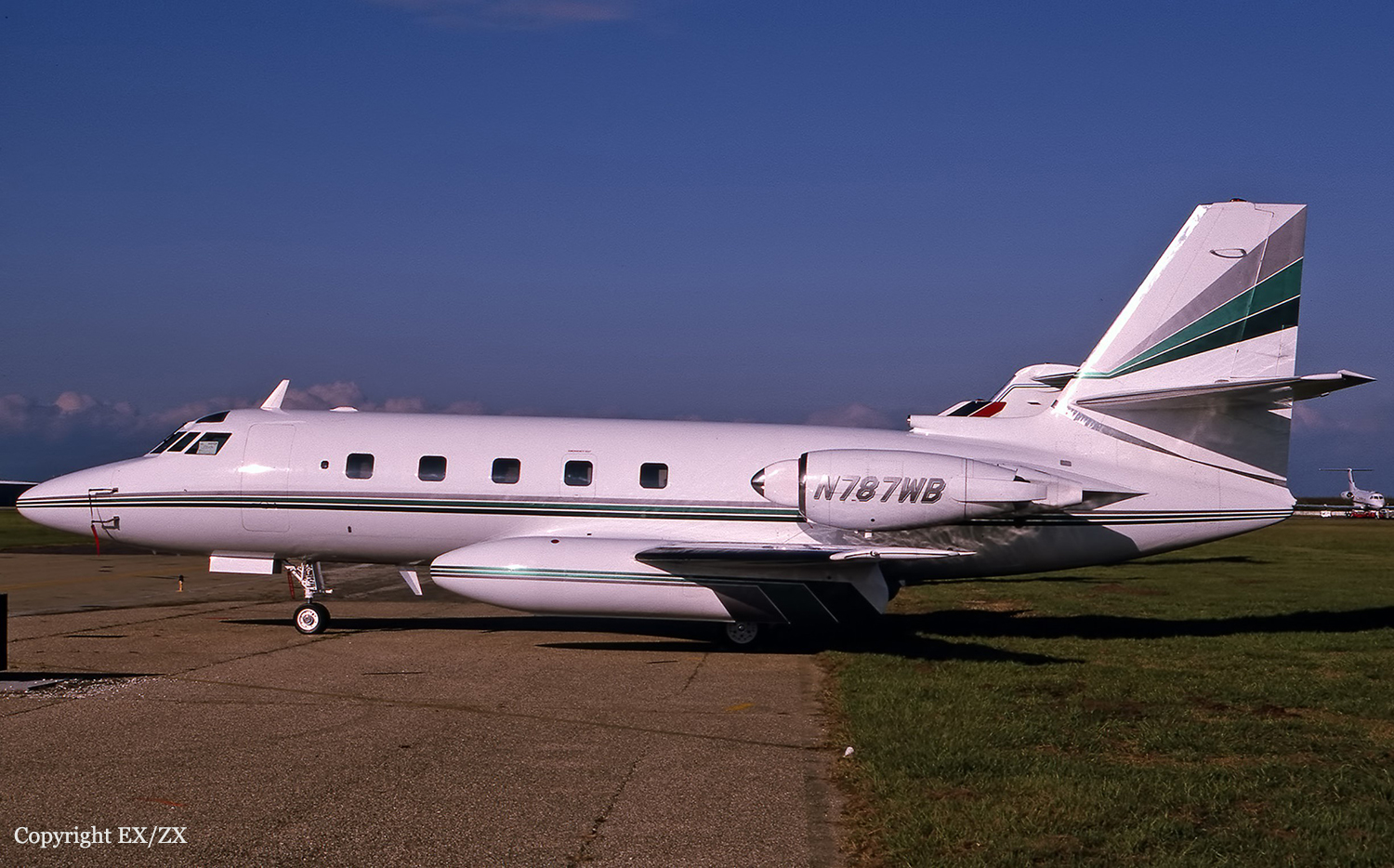Crash of a Beechcraft Beechjet 400A in Beckley
Date & Time:
Apr 17, 1999 at 1451 LT
Registration:
N400VG
Survivors:
Yes
Schedule:
West Palm Beach – Beckley
MSN:
RK-113
YOM:
1996
Crew on board:
2
Crew fatalities:
Pax on board:
6
Pax fatalities:
Other fatalities:
Total fatalities:
0
Captain / Total hours on type:
107.00
Copilot / Total hours on type:
148
Aircraft flight hours:
1215
Circumstances:
The airplane touched down about 1/3 beyond the approach end of Runway 28, a 5,000 footlong, asphalt runway. The PIC stated, 'as usual,' he applied 'light' braking and attempted to actuated the airplane's thrust reverser (TR) system; however, the TR handles could not be moved beyond the 'Deploy-Reverse-Idle' position. After the PIC cycled the levers two or three times, he began to apply maximum braking. A passenger in the airplane stated he looked out of the cockpit window, saw the end of the runway, and the airplane seemed like it was still moving 'pretty fast.' As the airplane approached the end of the runway, he could see smoke, which he believed was coming from the airplane's tires. He then sensed the airplane was falling. The co-pilot stated he had no memory at all of the accident flight. Review of the CVR revealed the co-pilot said that the airplane was 'Vref plus about twenty,' when the airplane was 100 feet over the runway threshold. The PIC could not recall the airplane's touchdown speed, however, he stated that it seemed like the airplane was still traveling 50 to 60 knots when it departed the end of the runway. A pair of parallel tire marks were observed 3,200 feet beyond the approach end of the runway. The tire marks extended past the end of the runway and onto a 106 foot-long grass area. The airplane came to rest on a plateau about 90 feet below the runway elevation. Examination of the airplane, including the optional TR system did not reveal any pre-impact malfunctions. The airplane's estimated landing distance was calculated to be about 3,100 feet. The PIC reported about 4,700 hours of total flight experience, of which, 107 hours were in make and model. The PIC stated he had never performed a landing in the accident airplane without using the TR system. Winds reported at the time of the accident were from 290 degrees at 15 knots, with 21 knot gusts.
Probable cause:
The pilot-in-command misjudged his altitude and airspeed which resulted in an overrun. Contributing to the accident were the pilot's lack of total flight experience in make and model, the pilot's reliance on the airplane's optional thrust reverser system and his inability to engage the airplane's thrust reverser system for undetermined reasons.
Final Report:




